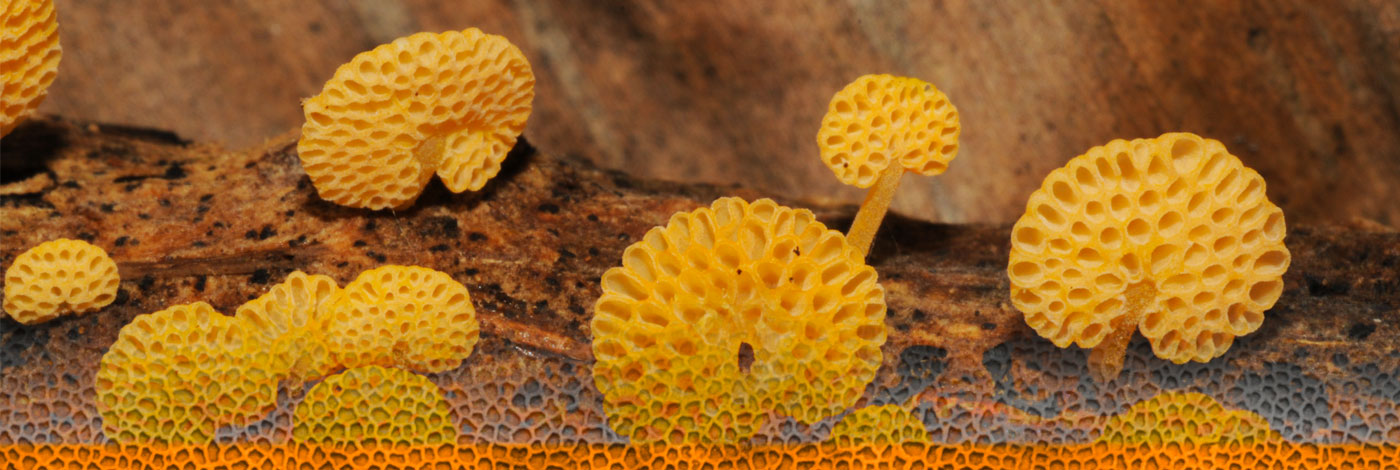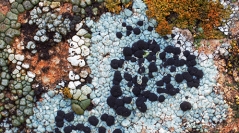

 Cryptogamie, Mycologie
44 (6) - Pages 83-102
Cryptogamie, Mycologie
44 (6) - Pages 83-102Despite the growing interest in the lichen communities of Mexico, little is known about the assemblages from the central part of the country. For that reason, we defined the following research objectives: 1) to compare species richness, composition, and dissimilarity of lichen communities among three vegetation types; 2) to explore the incidence of environmental variables on lichen community species composition; and 3) to identify species and functional traits indicative of each vegetation type. Based on lichens’ collection of Aguascalientes (HUAA herbarium), the relationships between species, traits, and environmental variables were represented through beta diversity components, non-metric multidimensional scales, Indicator Species Analysis, and Fourth Corner Analysis. In total, 218 lichen species were found, 132 in Quercus L. forests, 90 in subtropical shrubland, and 85 in xerophytic shrubland. Vegetation types had beta diversity total values higher than 0.8, although paired comparisons revealed variations in species replacement and richness. The indicator species identified for Quercus forests were Parmotrema acutatum Kurok., while for subtropical shrubland Phaeophyscia nashii Essl. and Physcia biziana (A.Massal.) Zahlbr. No indicator species were identified for xerophytic shrubland. Functional traits indicative of xerophytic shrubland were crustose lichens and the saxicolous substrate. Subtropical shrubland indicators comprised soredia and foliose narrow lobes, whereas indicators of Quercus forest consisted of foliose wide lobes and the epiphyte substrate. The functional trait approach used in the study of Mexican lichen communities is highly recommended given the observed similarities between taxonomical and functional community assemblages and the ease with which the functional traits approach links species composition to environmental variables.
Bioindicators, community assemblages, diversity, response traits, shrublands